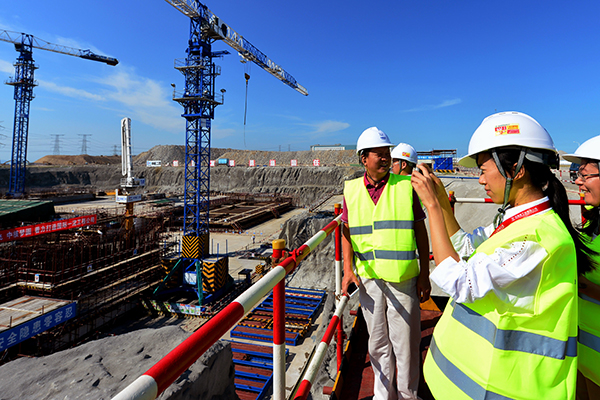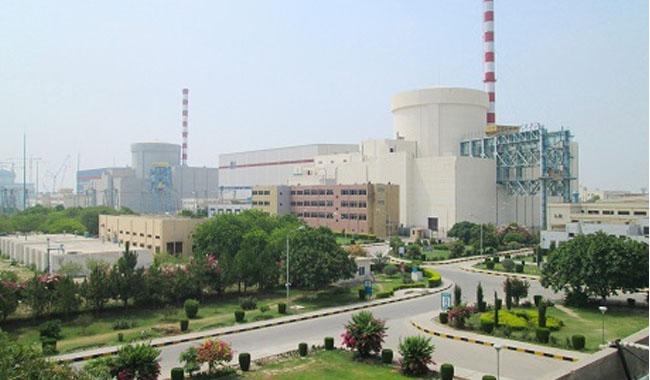Grid connection for Pakistan's fourth reactor
17 October 2016
Pakistan's Chashma unit 3 was connected to the country's power grid on 15 October at a ceremony attended by the Pakistan Atomic Energy Commission and China National Nuclear Corporation (CNNC). The unit reached first criticality on 2 October.
Celebrating Chashma 3's grid connection (Image: CNNC)
Construction began on the Chinese-designed CNP-300 pressurised water reactor (PWR) in March 2011, and the unit is expected to enter commercial operation before the end of this year.
Chashma 3 is one of two CNP-300 units being built at the site, in Punjab province. Unit 4, which began construction nine months after unit 3, is currently undergoing commissioning and is expected to enter commercial operation in 2017.
The Chashma site - also referred to as Chasnupp - is already home to two Chinese-supplied 300 MWe PWRs: unit 1, in commercial operation since 2000, and unit 2, in commercial operation since 2011. Pakistan also has a 125 MWe Canadian-supplied pressurized heavy water reactor, Karachi unit 1, which has been in commercial operation since 1972.
Two 1161 MWe Chinese-supplied Hualong One plants are also planned at the Karachi site. A ground-breaking ceremony for Karachi 2 was held in August 2015, and the units are scheduled to enter service in 2021 and 2022.
Pakistan is not a party to the international nuclear non-proliferation treaty, but its civil power reactors and its two research reactors all operate under International Atomic Energy Agency safeguards.














